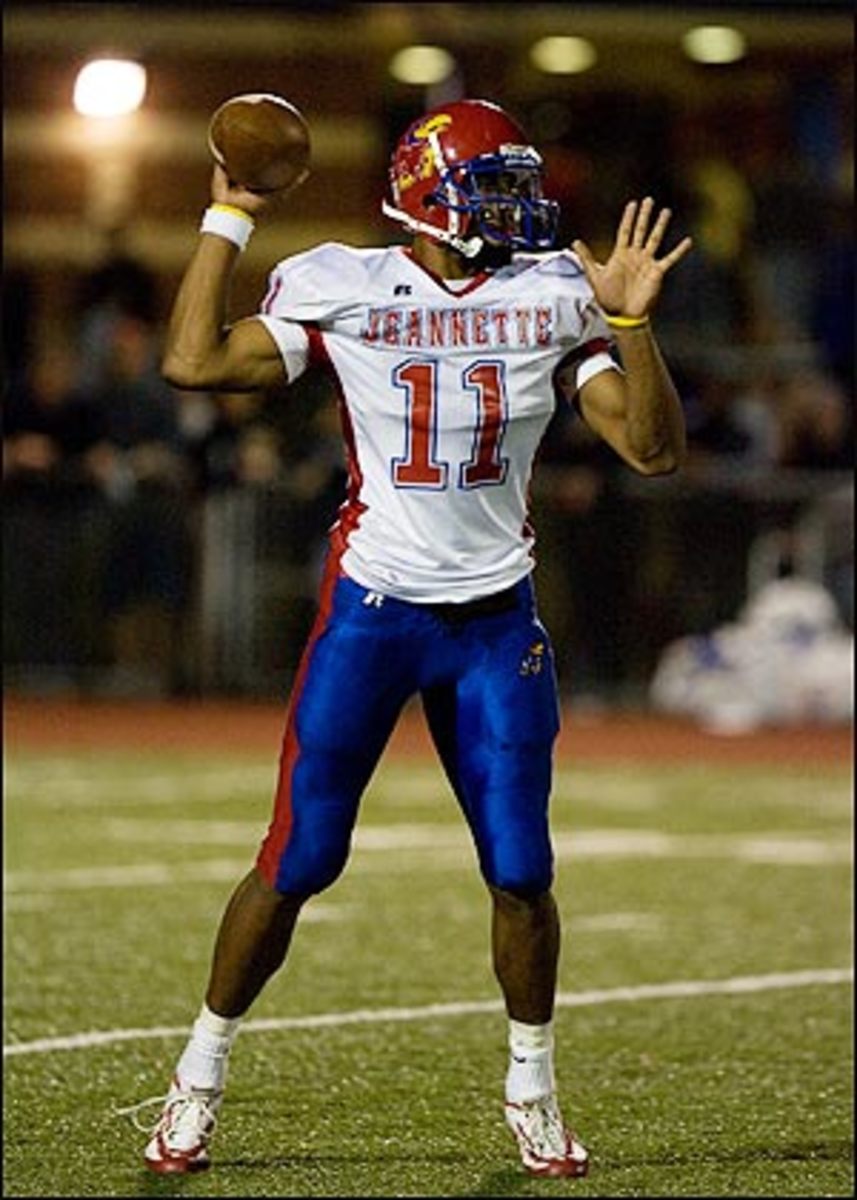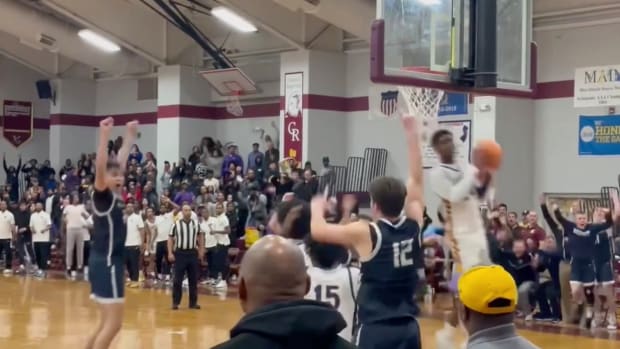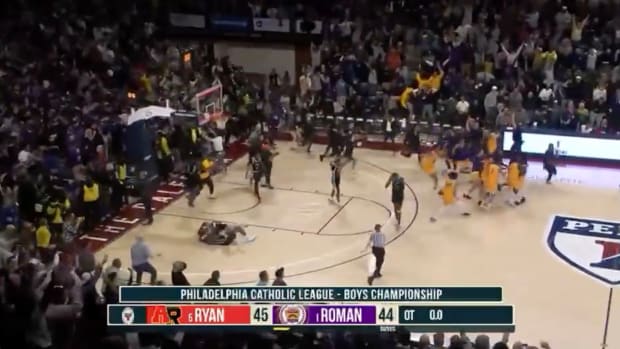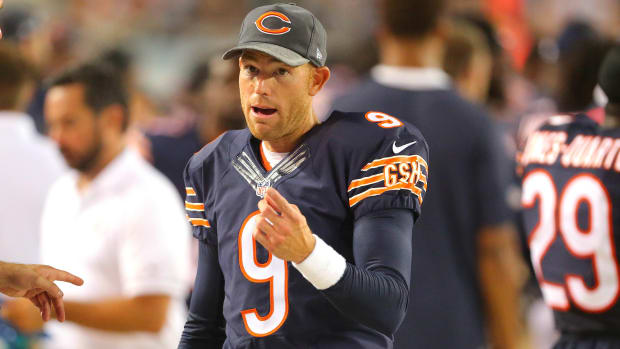Recruiting 101
As high school football teams are heading toward the playoffs in their respective states and college football teams are jockeying for bowl position, some of the most intense battles are taking place behind the scenes -- the fight for the top recruits. Recruiting has become its own animal, and whether you are a college coach trying to strengthen your program or a high school player trying to get a scholarship, it's important to understand the process before you can play the game.
Technology and the Internet have greatly improved the dissemination of recruiting information, yet many parents, players and high school coaches are still somewhat in the dark. Most high school athletes only go through the process once and don't fully understand it until it is over. That is often too late.
Whether you are a top-1,000 player with several Division I-A scholarship offers or a starter simply hoping for an opportunity to play at the collegiate level, there are some basic steps that need to be taken to help ensure your future. There are also some simple pitfalls that you must avoid in order to achieve your goals.
Here are the most often heard misconceptions:
• If you are good enough, they will find you.These words are typically spoken by an older coach who probably heard this 40 years ago. This phrase only holds true for the top 100-500 players in the nation. Yes, everyone knows where to find Terrelle Pryor (Jeannette, Pa.) or Will Hill (Jersey City, N.J.). They are among the top-20 players in the nation. Everyone outside the top 500 needs to do what it takes to make sure every school that they have an interest in knows about them.
•My high school coach handles all my recruiting stuff.The level of expertise of high school coaches varies greatly from coach to coach. For every coach who has a great grasp of the process and puts his players in the best position to succeed, there are two others who don't have the knowledge, time, or resources to correctly promote their student-athletes.
• I should only send my game film to colleges that contact me first.Colleges initially contact prospects based upon questionnaires filled out by high school coaches. If you do not hear from a particular institution that you have an interest in, it may be because of the information provided by your high school coach.
My high school coach identified me, probably correctly, as a Division I-AA prospect. Because of that designation, I only got letters from Division I-A schools that I contacted personally. There were other players around my area getting Division I-A letters who weren't as good as me, yet their coach may have identified them as a Division I-A prospect and so the mass mailings came pouring in.
And here's what you should know in order to put yourself in the best position to achieve recruiting success.
•You must make sure that every school you are interested in has your game film.Every prospect should make up a profile sheet that contains all of their pertinent information and send it with their full-length tape or DVD to the university's football office. There are now Web sites that allow a student-athlete or coach to upload the game film and profile directly to every institution that they desire. Most schools will also have a Web site where you can indicate an interest in their program by completing their online questionnaire.
• They will watch your game tape.Many prospects feel uneasy about whether or not a school will look at their tape if they have not previously been contacted by the school. I have spoken with dozens of schools and they have unanimously agreed that they watch every video they receive.
They have to; they can not afford to miss a diamond in the rough. That means Penn State watches more than 2,000 videos every year. My alma mater, Princeton University, receives roughly 1,500 tapes each year and they scour every single one in hopes of finding the next All-Ivy League player. Every Division III school that I have spoken with receives and watches at least 400 videos a year.
•Play it smart.It is critical that your video and profile are sent to any and every school in which you could possibly have an interest. Most high school students send out applications to "reaches" (schools they have a long shot of getting accepted to based upon their academic qualifications), "safety schools" (schools they have an almost certainty of getting accepted to based upon their academic qualifications), and a smattering of institutions in-between. The same philosophy holds true during the recruiting process. Even though I was projected as a Division I-AA player coming out of high school, I sent my tape to powerhouses like Notre Dame and Penn State as well as Division III schools like John Hopkins.
•Beauty is often in the eyes of the beholder.You can never be quite sure how the process will play out and what schools will have an interest in you after reviewing your profile and game film. Division I-AA power James Madison University offered my best friend and teammate a full scholarship, yet they did not offer me a dime. Conversely, William & Mary, which is in the same conference as James Madison, offered me a full scholarship and nothing to my friend.
•It's out of your hands.Once your film is sent out, the ball is in the school's court. If you get more letters, especially handwritten ones, that is a good sign that they liked what they saw. Phone calls and offers of visits to their campus are even better signs.
•Check them out.I recommend visiting every school in which there is a mutual interest, whether it is unofficial or official. Much like sending your game film out, you never know unless you try.
Visits are currently taking place on campuses all over the country every weekend. High school recruits are going to college football games and taking campus tours as they try to decipher where they want to spend the next four years. College football fans need only look at the sidelines the next time their team plays to get a glimpse of the prospects whose decisions will determine their team's success in the very near future.
The players on the sidelines, the subjects of those behind-the-scenes battles, must master the recruiting process and weigh their options as they begin to make one of the most important decisions of their lives.





